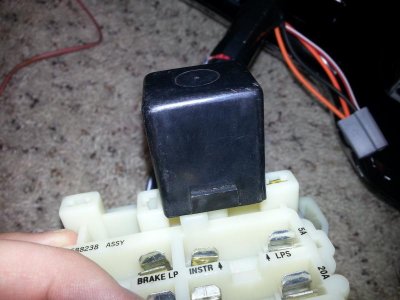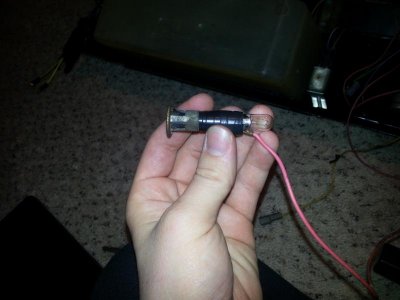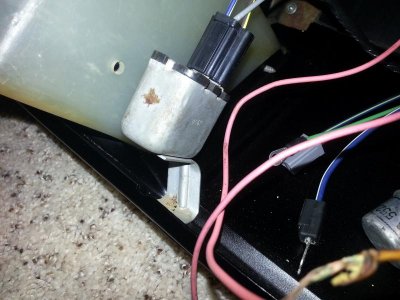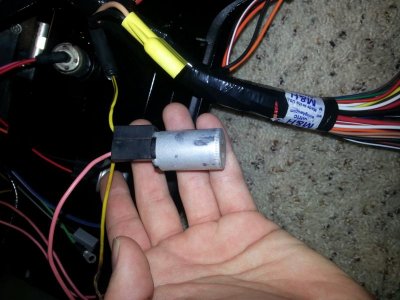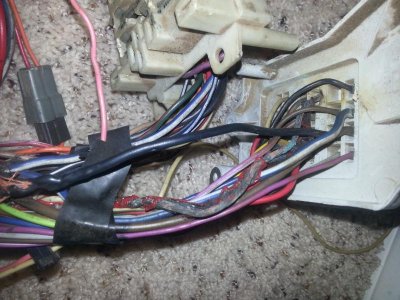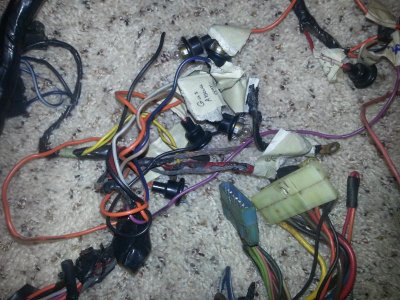plymouthman72
Well-Known Member
So I am replacing the complete wiring harness for my roadrunner and am having a few issues. First of all, the vendor for year one didn't separate the wires correctly so it doesn't fit in there great but i can live with that. So here goes, Originally my bro owned the car and had an electrical fire 10 years ago and its sat until now. I replaced the wiring harness but am afraid I didn't fix the original problem. I saw that the main red and black wire that goes to the back of the alternator gauge was burnt to a crisp and have seen many posts about by passing the ammeter? I hate being ignorant by i have no clue what that and therefore know how to bypass it. I also have several wires not matching up which is expected because its not a highly optioned car and won't use all ends. My brother already disconnected a lot of wires before vigor it so I don't know what they do. I am post in pictures below with hopes someone knows their function and possible where to get the sensors . My biggest concern is the pic with long cylinder tube asbo have no idea what that is or what it goes to. I am not sure what the sensor in the fuse box does either. I appreciate all you help, wiring is not my forte and this is very crucial to get right. Sorry for typos phone is difficult to use on here.
